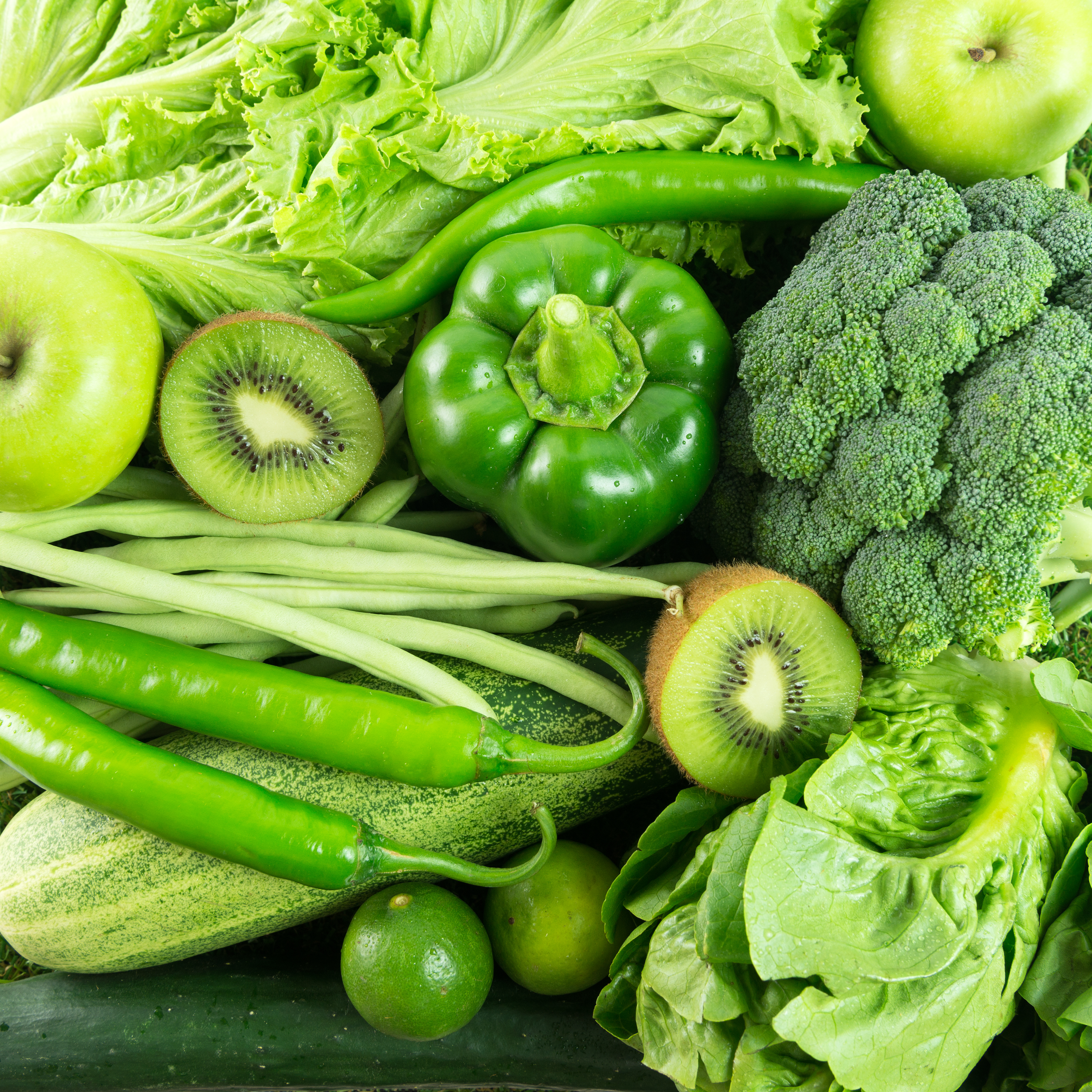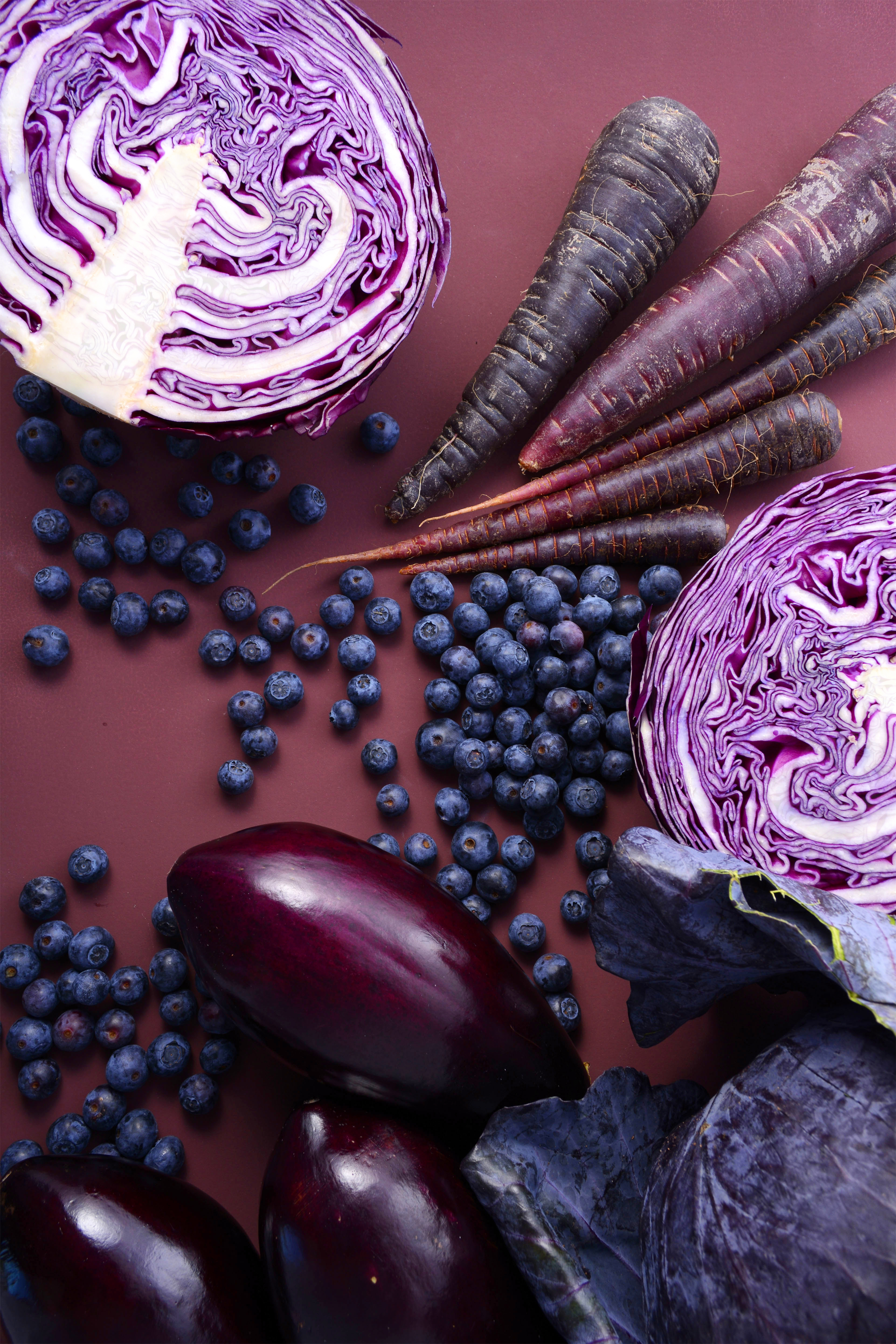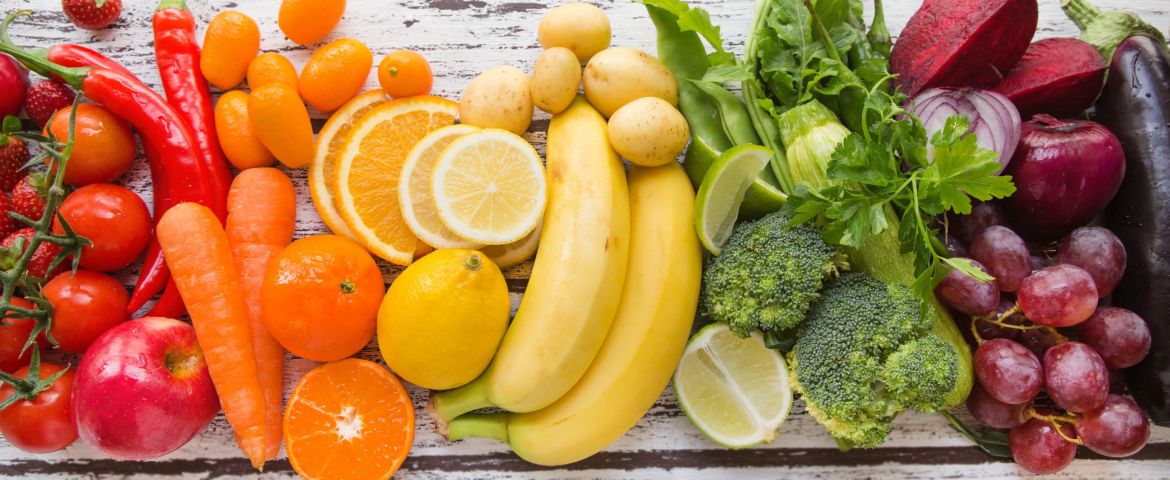The average American’s intake of fruits and vegetables is lower than the recommended five servings a day. For those who are adding veggies to their meals, they’re opting for potatoes and tomatoes — the two most commonly consumed vegetables in the U.S. According to the United States Department of Agriculture, the potatoes and tomatoes we’re choosing aren’t always fresh and most frequently show up in the form of French fries and pizza sauce.
Incorporating a colorful variety of fruits and vegetables will provide a wide range of health benefits your body needs.
Starting off a new year is a great time to commit to making your grocery list more rainbow than two-tone. And it’s about more than just a pretty plate. Incorporating a colorful variety of fruits and vegetables will provide a wide range of health benefits your body needs.
Red
Red produce, such as beets, can help lower blood pressure and support brain health. Beets were also found to improve blood flow in the brain, leading to improved cognitive function. They help fight inflammation in the body and improve digestion. Boost your family’s intake of red, and serve this delicious beet salad with dinner tonight.
Many other red fruits and veggies are packed with powerful antioxidants that have been shown to help fight cancer and heart disease. Try peppers, tomatoes, cranberries and pomegranates. Plus—red fruit is a healthy sweet treat. Cherries, strawberries, raspberries and red grapes are some top picks. Try frozen, unsweetened fruit if fresh isn’t available in the winter months.
Orange
Sweet potatoes contain vitamin A that is beneficial for your vision, skin and bone health. They are a good source of vitamin C — which boosts the immune system and potassium to help with blood pressure control. Check out this recipe for curried carrot, sweet potato and ginger soup as a way to include more sweet potatoes in your diet and also warm you up during the cold winter months.
Other delicious orange foods to add to your grocery list year-round include carrots, pumpkin, butternut squash, apricots, cantaloupe and mangoes.
Green
Spinach and other leafy greens are a rich source of vitamin A, which is beneficial for eye health. They help promote normal blood pressure and boost metabolism. Start your day with a protein-packed, delicious spinach frittata.
Go green in other ways with these additional options: green peppers, broccoli, artichokes, arugula, avocado, green grapes and granny smith apples.
Blue
Blueberries are loaded with antioxidants that help prevent damage to our cells and decrease inflammation in our bodies. Inflammation can contribute to obesity and heart disease, as well as other diseases. Blueberries are also a good source of fiber and vitamin C. This blueberry yogurt cup is perfect for breakfast or as a snack anytime of the day.
Just like blueberries—black currants, blackberries and concord grapes are also packed with helpful antioxidants. Remember that frozen, unsweetened berries are always an option in the winter months when fresh fruit is out of season.
 Purple
Purple
Purple foods, like cabbage, have high levels of antioxidants and can help boost the immune system — super helpful during cold and flu season. They are also low in calories and high in dietary fiber to aid in digestion. Add purple cabbage to fish tacos to give them some extra crunch and nutritional value.
You can also experience the power of purple with eggplant, purple carrots, purple potatoes, raisins, plums and figs.
Increasing your daily intake of fruits and vegetables will up the number of nutrients your body needs to be healthy. Eating different color foods nourishes your body with essential vitamins, minerals and antioxidants. Add a little color to your plate and more health to your diet.


